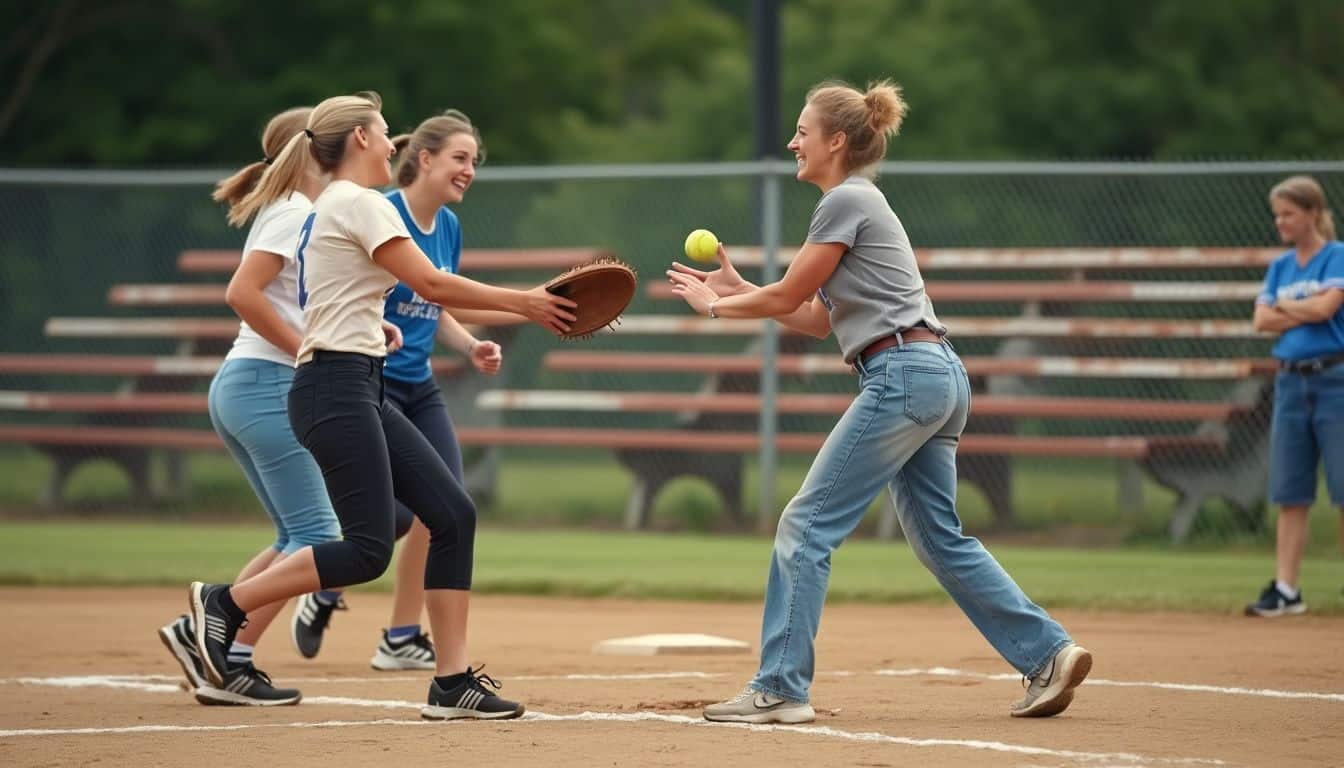Ever wondered why women’s softball is so popular, but women’s baseball isn’t? It’s a head-scratcher for many sports fans. Did you know that women have been playing organized baseball since 1866? That’s over 150 years ago! This article will explore seven surprising reasons why softball became the go-to sport for women.
Batter up!
Key Takeaways
Women faced barriers in baseball since the 1800s, leading to softball’s rise as an alternative sport for women in the 1930s.
Softball differs from baseball in key ways: underhand pitching, smaller field size, larger ball, and 7-inning games versus 9 innings.
Title IX in 1972 opened more doors for women in sports, including softball scholarships and college opportunities.
Trailblazers like Mamie “Peanut” Johnson (33-8 pitching record in Negro Leagues) and Perry Barber (40-year umpire career) broke barriers for women in baseball.
Mixed-gender leagues are growing, giving men and women chances to play together and break down old barriers in the sport.
Table of Contents
Softball vs. Baseball: A Historical Overview
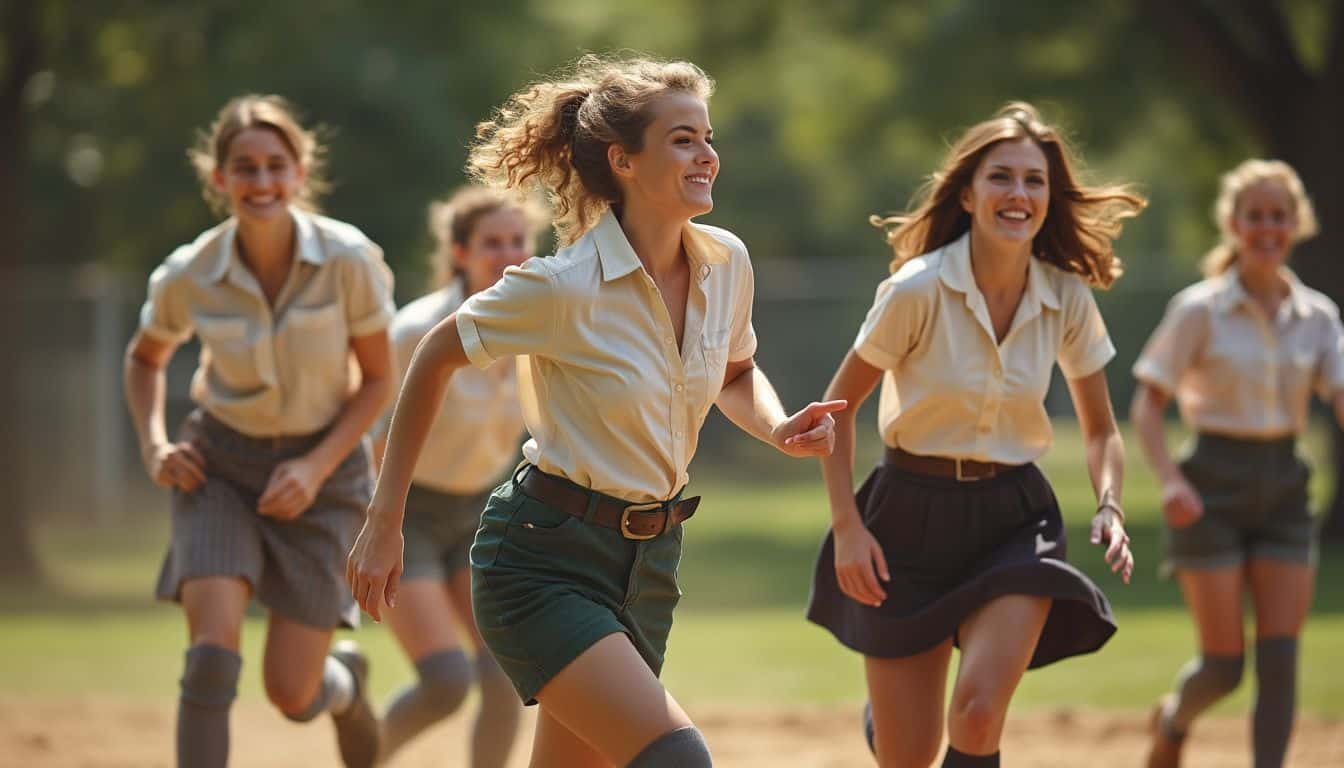
Baseball started as a boys’ club. Women weren’t welcome on the diamond. So, they made their own game – softball. It was a hit!
Baseball’s early barriers to women

Women faced tough hurdles in early baseball. Back in the 1800s, society thought ladies were too fragile for the sport. Guys ran the show and kept women off the field. But some gals didn’t listen.
In 1866, Vassar College had women’s teams. By 1875, a club in Springfield, Illinois even had teams called the Blondes and Brunettes!
Baseball is 90% mental. The other half is physical. – Yogi Berra
Still, most folks saw women playing ball as a joke. “Bloomer Girls” teams popped up in the early 1900s. They were treated like circus acts, not real athletes. It wasn’t until 1948 that women got to pitch overhand in pro leagues.
But even then, it didn’t last long. Men’s games on TV pushed women’s leagues out by the 1950s. Let’s look at how softball became the go-to for women instead.
Softball’s emergence as an alternative
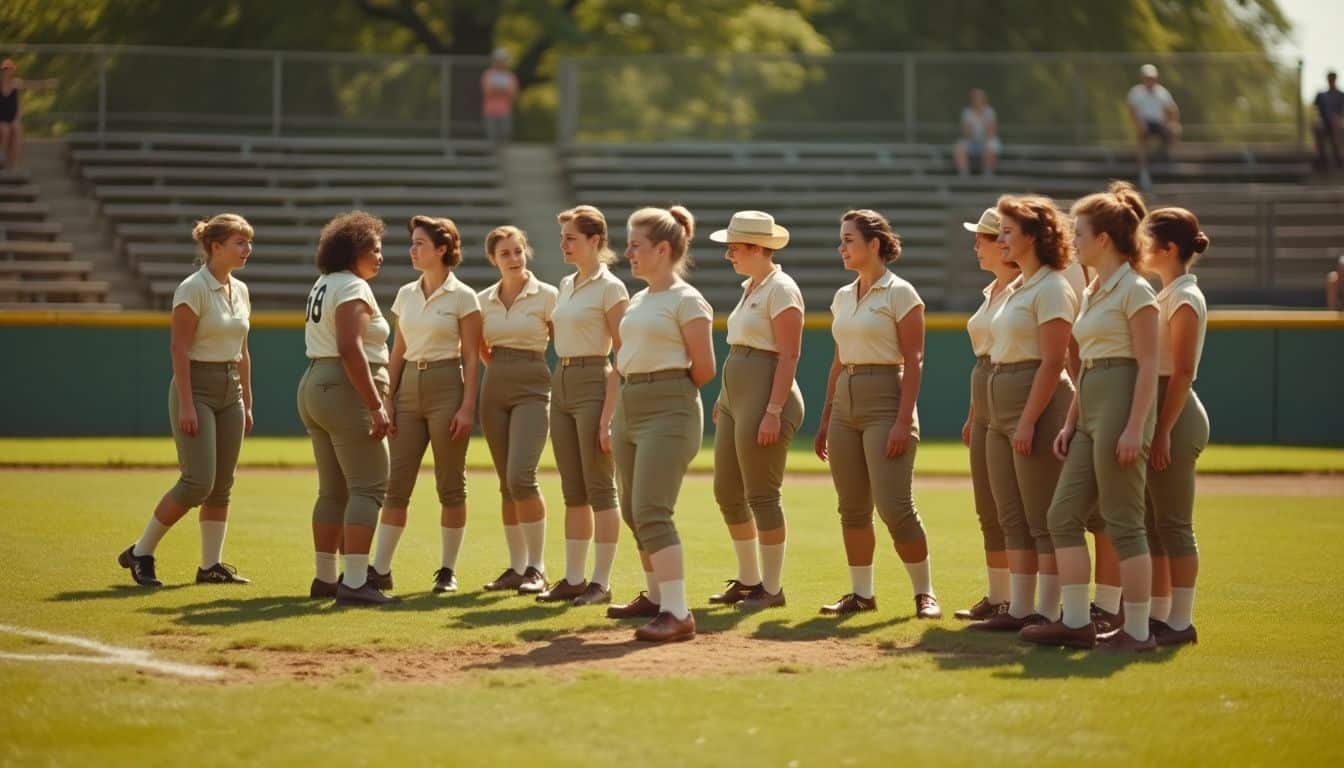
Softball stepped up to the plate when baseball struck out for women. In the late 1800s, ladies were shut out of America’s favorite pastime. But softball slid in as a fun substitute.
It had a bigger ball and smaller field, making it easier to play. Plus, the underhand pitch was seen as more “ladylike” than baseball’s overhand throw.
Softball really hit its stride in the 1930s. The women’s rights movement was in full swing, and gals wanted to play ball too. Softball leagues popped up all over, giving women a chance to show off their skills.
By 1969, the first Women’s College World Series took place – a huge home run for the sport. And in 1972, Title IX leveled the playing field even more. It opened doors for women in sports, including softball.
Teams started using softball windscreens to block out distractions and focus on the game. The sport kept growing, and in 1996, it made its Olympic debut.
Talk about knocking it out of the park!
Gender Roles and Cultural Influences in Sports

Sports often mirror society’s views on gender. In softball and baseball, these views shape who plays what. Old ideas about “girl sports” and “boy sports” still linger, affecting choices and chances.
Gender expectations in athletic participation
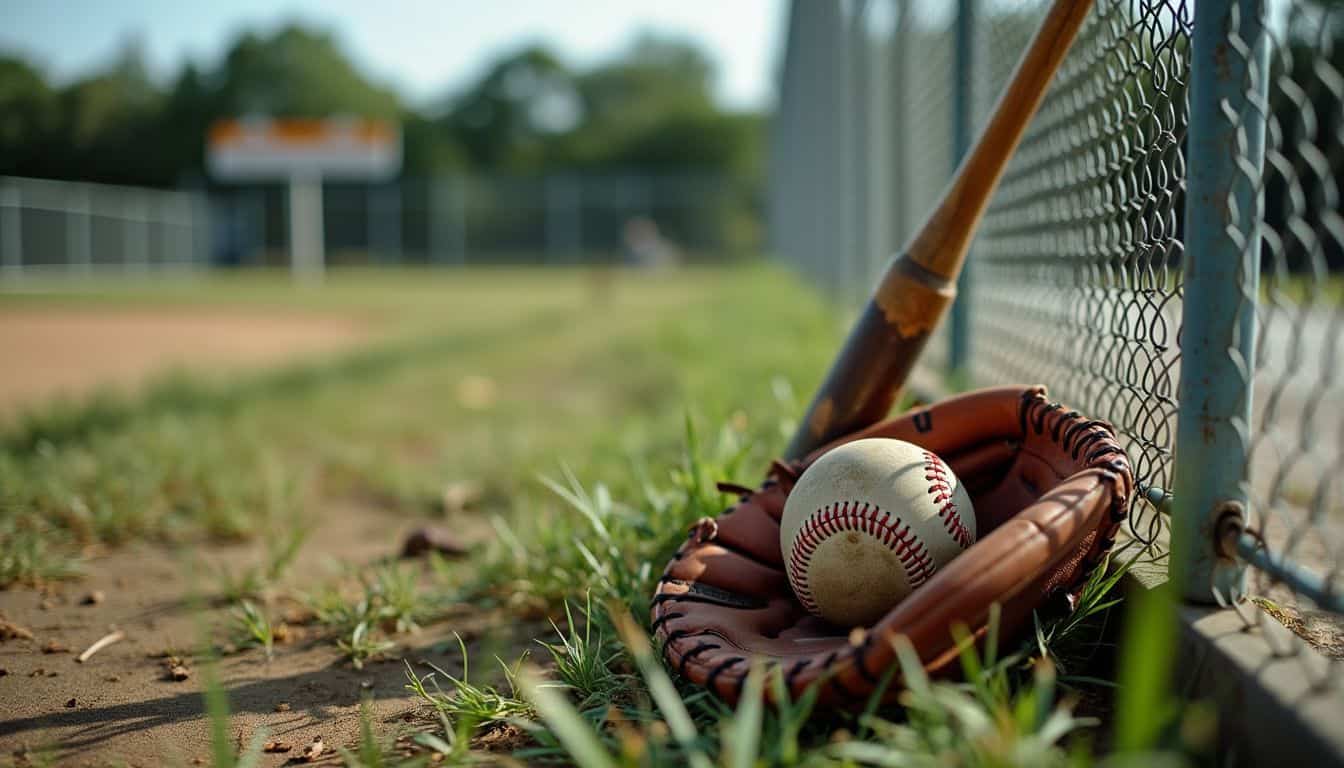
Girls often hear they should play softball, not baseball. It’s a common belief that baseball is for boys, while softball is for girls. This idea starts early and sticks around. Many folks think girls can’t throw as hard or hit as far as boys.
But that’s not true! These old-fashioned views limit what sports girls try.
Society pushes girls away from baseball in sneaky ways. There aren’t many women’s baseball teams in college. This means fewer chances for girls to play and get scholarships. The media doesn’t show much women’s baseball either.
All this makes it harder for girls to see themselves as baseball players. But things are changing. More people now see the benefits of sports for all genders.
Some brave women are even joining men’s leagues!
Don’t let anyone tell you that you can’t play baseball because you’re a girl. – Mo’ne Davis
Media and financial support disparities
Let’s talk money and spotlight, ladies. Softball gets the short end of the stick compared to baseball. TV networks don’t show our games as much. Sponsors aren’t throwing cash at us like they do for the guys.
It’s frustrating, right? We work just as hard, but our paychecks and fame don’t match up.
Think about college sports. Baseball teams often get fancy indoor batting cages. Softball players? We’re left out in the cold – literally. The USA Softball Hall of Fame Stadium doesn’t even have showers for us! It’s 2023, and we’re still fighting for basic stuff.
But here’s the good news: change is coming. Look at women’s soccer and basketball. They’re getting more air time and bigger deals. We’re next, ladies. Keep swinging those bats and making noise.
Our time in the sun is just around the corner.
Analyzing the Rules: How Softball and Baseball Differ
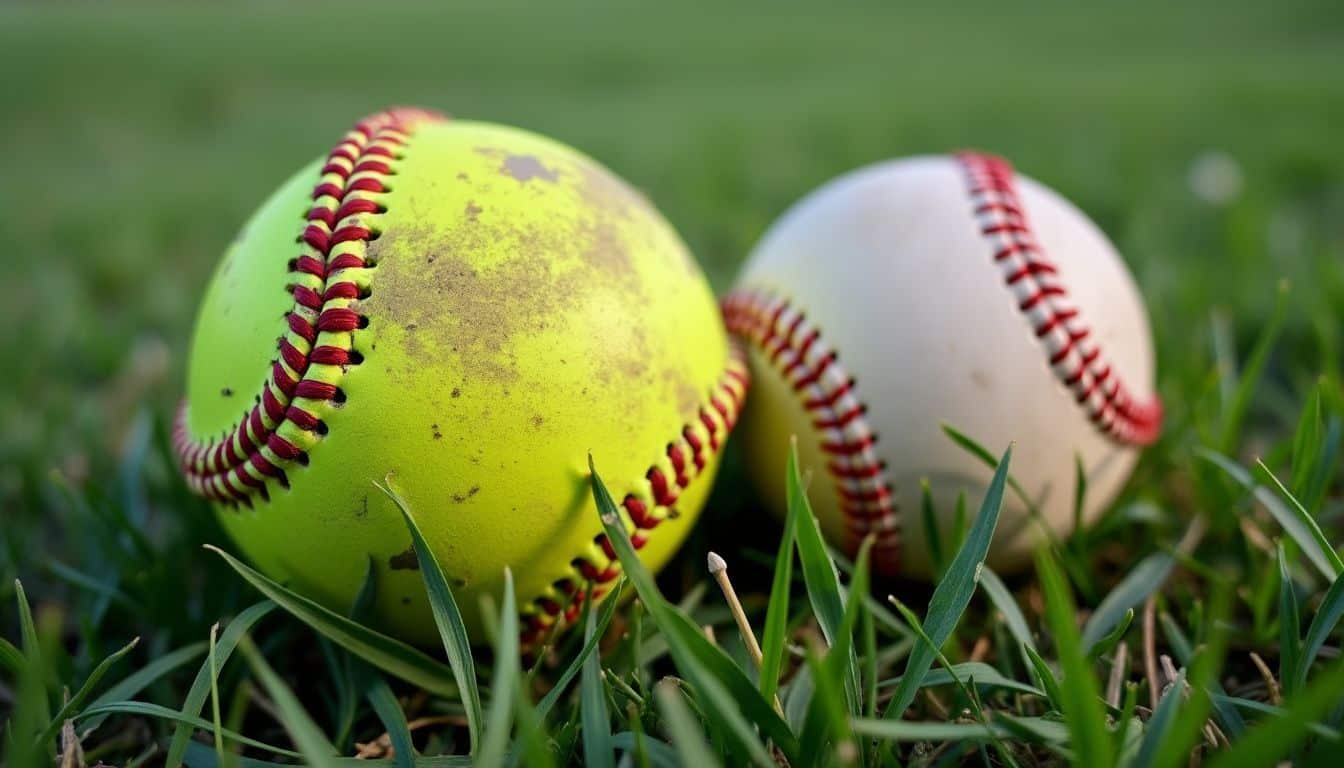
Softball and baseball may look alike, but they’re quite different beasts. From the size of the ball to the shape of the field, these sports have their own unique quirks that set them apart.
Comparing pitching styles and playing fields
Let’s explore softball and baseball – focusing on pitching styles and playing fields. These differences help explain why women often prefer softball.
| Aspect | Softball | Baseball |
|---|---|---|
| Pitching Style | Underhand from flat ground | Overhand from raised mound |
| Distance to Home Plate | 35 feet | 60 feet |
| Field Size | Smaller (bases 60 feet apart) | Larger (bases 90 feet apart) |
| Infield Surface | All dirt | Mixture of grass and dirt |
| Ball Size | Larger (9–10 inches around) | Smaller (7-8 inches around) |
| Ball Weight | Heavier (about 7 ounces) | Lighter (about 5.25 ounces) |
These differences impact how each game is played. The underhand pitch in softball? It’s faster over the shorter distance. And that smaller field? It creates quicker plays and more action. Pretty cool, right? These aren’t just random changes. They’ve developed over time, influencing how women engage with the sport. It’s not about which is better – it’s about appreciating the unique challenges each offers.
Examining equipment and game rules
Equipment and rules shape the unique character of softball. Let’s dive into the key differences that set it apart from baseball.
| Aspect | Softball | Baseball |
|---|---|---|
| Ball Size | 12 inches around, 6.7-7.3 oz | 9 inches around, 5 oz |
| Field Size | Smaller, 60 ft base paths | Larger, 90 ft base paths |
| Game Length | 7 innings | 9 innings |
| Pitching Style | Underhand from flat surface | Overhand from elevated mound |
| Safety Gear | Fielding face masks common | Face masks rarely used |
| Base Running | No lead-offs allowed | Lead-offs permitted |
These differences create a faster-paced game in softball. The smaller field means quicker plays. Underhand pitching allows for more control. Face masks add an extra layer of protection. No lead-offs keep runners on their toes. It’s a whole different ballgame – literally!
Access to Sports for Women
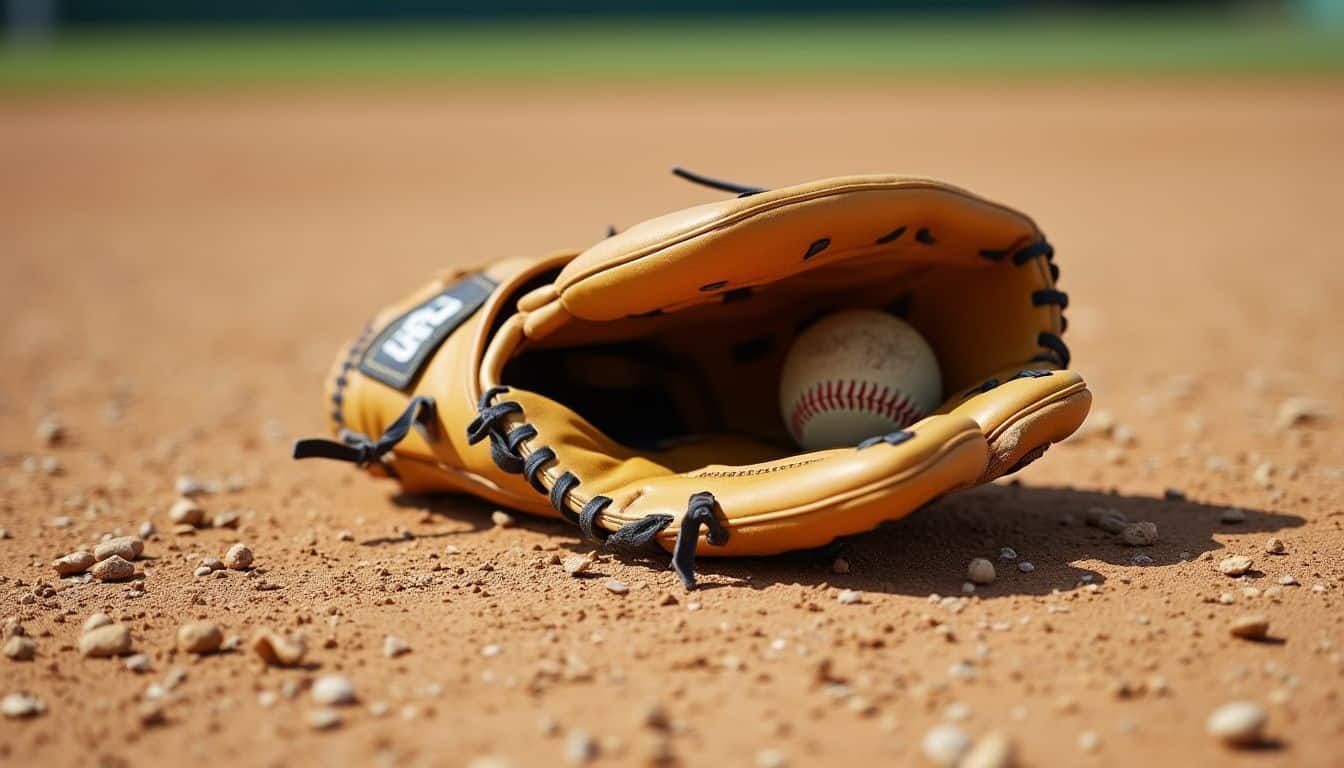
Women’s softball leagues are popping up all over the place! From local rec teams to college powerhouses, ladies have tons of chances to step up to the plate. And hey, those softball scholarships? They’re opening doors for girls to hit the books and the diamond at the same time.
Leagues available for women’s participation
Women have more options than ever to play softball at various levels. Let’s dive into the leagues that welcome female players with open arms.
- Amateur Athletic Union (AAU): This org hosts youth softball tournaments nationwide. Girls can join teams as young as 8 and compete until 18.
- USA Softball: Formerly known as the ASA, it runs leagues for all ages. They organize the Women’s National Team that competes globally.
- National Pro Fastpitch (NPF): The top pro league for women in the U.S. Teams like the USSSA Pride offer a shot at paid softball careers.
- College Softball: The NCAA hosts three divisions of college softball. Over 1,000 schools field teams, giving lots of scholarship chances.
- Little League Softball: Girls aged 4-16 can play in local leagues. It’s a great way to learn the game and make friends.
- Senior Softball: Women over 40 can keep playing in these fun, social leagues. Many cities have teams for different skill levels.
- International Leagues: Japan, Australia, and Italy have pro softball leagues. They often welcome American players looking for new experiences.
- Mixed Gender Leagues: Some adult rec leagues allow men and women to play together. It’s a fun way to enjoy the game with friends.
These leagues show how far women’s softball has come. Now, let’s look at some key figures who helped pave the way.
Scholarship and college opportunities in softball
Softball scholarships open doors for many young women. Since Title IX passed in 1972, more colleges offer softball programs and funding. This means more chances to play and study. Girls who excel in softball can earn full or partial rides to school.
It’s a win-win – they get to keep playing the sport they love while getting an education.
But it’s not all sunshine and rainbows. College softball faces some hurdles. For example, many stadiums lack basic stuff like showers for players. And game schedules often clash with classes.
Still, for lots of girls, softball is their ticket to higher education. It’s a path that wasn’t always there, but now gives them a shot at their dreams.
Trailblazers in Women’s Softball
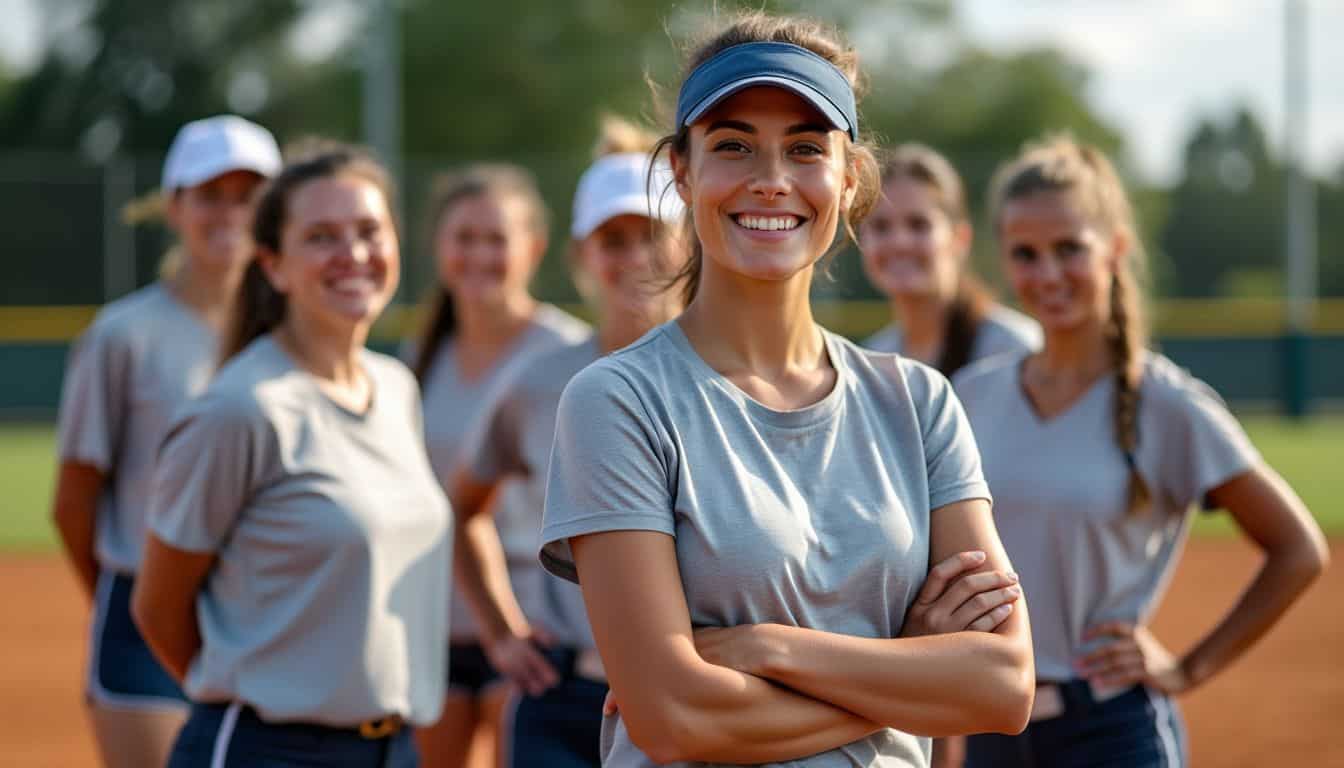
Softball has its share of game-changers. These women broke barriers and paved the way for future generations on and off the diamond.
Mamie ‘Peanut’ Johnson’s influence as a pitcher
Mamie “Peanut” Johnson broke barriers in baseball. She stood just 5’3″ tall, but her impact was huge. As the only woman pitcher in the Negro Leagues, she racked up an impressive 33-8 record over three seasons.
Johnson learned her killer curveball from the great Satchel Paige himself. Her success on the mound proved women could compete at high levels in baseball.
Johnson’s story inspires many female athletes today. She faced double discrimination as a Black woman in the 1950s. Yet, she persevered, paving the way for more people watching sports played by women.
Her 33 wins showed that gender doesn’t limit talent on the diamond. Johnson’s legacy continues to motivate girls to pursue their dreams in softball and baseball.
Perry Barber’s role as a female umpire in male-dominated leagues
Perry Barber broke barriers in baseball. For 40 years, she’s been an umpire in a field full of men. Her mom pushed her to try it, and that changed everything. At first, players didn’t like her.
But Barber learned to be tough. She found out how to keep control on the field, even when things got heated.
Barber doesn’t just call balls and strikes. She helps other women get into baseball too. She’s on the board of a group that opens doors for girls who want to play. Barber thinks it’s key to give girls a chance at baseball from the start.
That way, they don’t have to switch to softball if they don’t want to. Her work is making the game fairer for everyone who loves it.
The Evolution of Women in Baseball and Softball
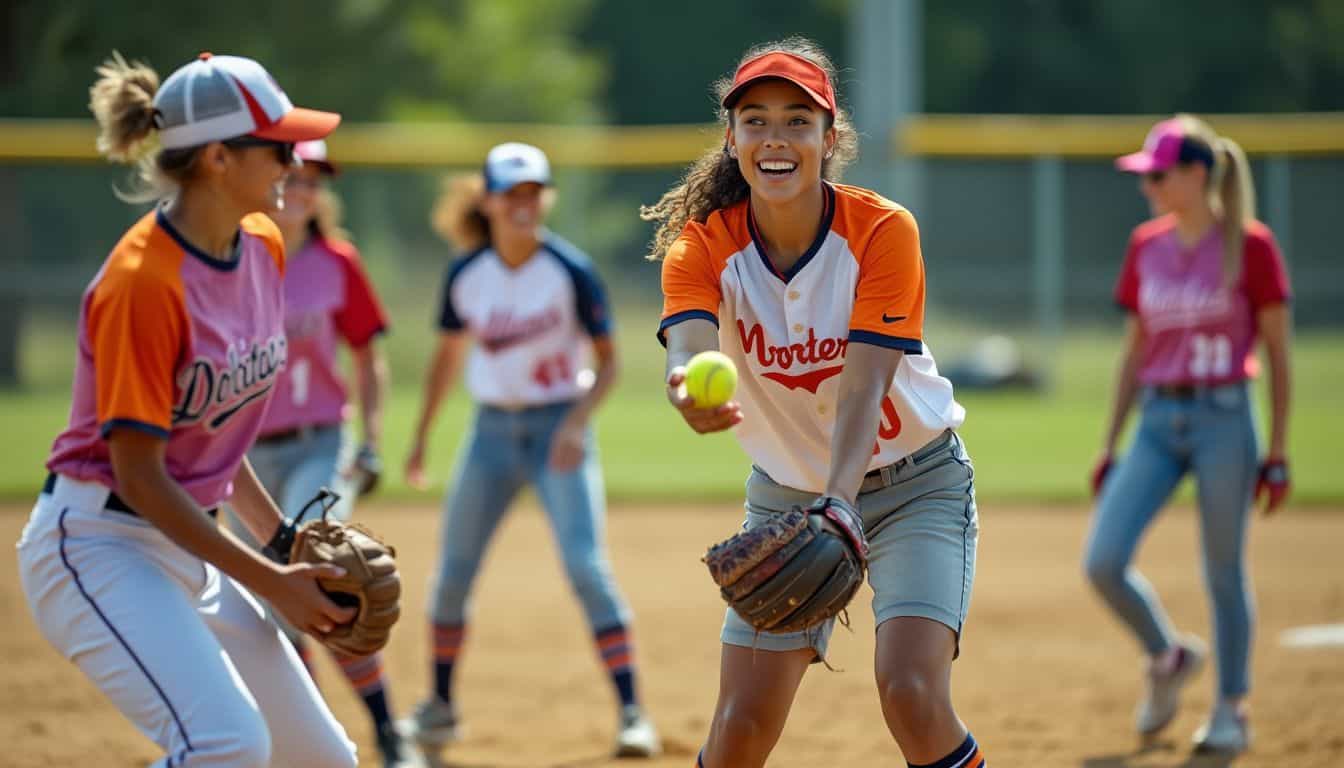
Women’s roles in baseball and softball are changing fast. More girls are stepping up to the plate in both sports, breaking old rules and making new ones.
Trends supporting women’s inclusion in baseball
Baseball’s doors are slowly opening for women. Girls are stepping up to the plate in bigger numbers. In 2017, about 100,000 girls played Little League baseball. That’s a home run for equality! But the path to the big leagues isn’t smooth yet.
By 2019, only 1,284 girls played high school baseball. Still, change is in the air.
Trailblazers are paving the way. Ava Benach started DC Girls Baseball to give girls a chance to compete. MLB’s Play Ball Initiative and the Trailblazer Series are also helping girls swing for the fences.
Stars like Mo’ne Davis and Kelsie Whitmore show young girls what’s possible. The U.S. women’s baseball team even won silver at a World Series in Japan and gold at a World Cup in Canada.
These wins prove women can play ball with the best of them.
The rise of mixed-gender leagues
Mixed-gender leagues are shaking up the sports world. More and more, we’re seeing men and women play ball together. It’s a fresh take on an old game. These leagues are popping up in cities across the country.
They’re giving everyone a chance to step up to the plate, no matter their gender.
Folks are loving it! Players say it’s fun to mix things up. It’s not just about who can hit the hardest or run the fastest. These games are about teamwork and respect. Plus, it’s a great way to meet new people and break down old barriers.
Who knows? Maybe one day we’ll see mixed teams in the big leagues!
People Also Ask
Why don’t women play baseball professionally?
Historically, women have faced barriers in baseball. The stigma around women’s sports has been tough to shake. But change is coming. Justine Siegal and Mo’ne Davis are breaking ground. They’re showing that women can pitch overhand and excel on the baseball field.
What’s the difference between softball and baseball?
Softball uses a bigger ball and smaller field. The pitcher’s mound is closer in softball. Baseball has a higher mound and longer distance to home plate. Pitching styles differ too. Softball pitchers throw underhand, while baseball uses overhand pitching.
Is there a women’s professional baseball league?
Yes and no. The AAGPBL existed in the 1940s and 50s. It inspired the movie “A League of Their Own.” Today, women mostly play softball professionally. But Team USA has a women’s baseball squad that competes internationally.
Can women legally be barred from playing baseball?
Nope! The Equal Protection Clause of the Fourteenth Amendment prohibits this. It ensures equal protection of the laws for all. So, technically, women can’t be stopped from playing baseball based on gender alone.
How do softball pitches differ from baseball pitches?
Softball pitchers throw riseballs, dropballs, and curves. Baseball has fastballs, sliders, and changeups. Both have strike zones and can throw no-hitters or perfect games. Jennie Finch, a softball star, could strike out pro baseball players with her pitches!
Are there efforts to promote women’s baseball?
You bet! Organizations are working to grow women’s baseball. They’re fighting the “softball only” mindset. More girls are joining baseball teams. College programs are slowly opening up. It’s a slow process, but the ball is rolling!
References
https://www.carolinacoastonline.com/news_times/sports/article_355aafe2-b68d-11e3-a43e-0019bb2963f4.html (2014-03-28)
https://www.npr.org/2005/06/02/4675763/men-play-baseball-women-play-softball
https://nfca.org/easyblog/womens-history-month-great-time-to-reflect-on-softballs-rich-history (2021-03-15)
https://forums.anandtech.com/threads/why-do-girls-play-softball-instead-of-baseball.2475717/
https://www.sjsreview.com/19835/uncategorized/softball-gender-inequality/
https://blog.campswithfriends.com/differences-between-softball-and-baseball (2022-11-16)
https://www.snapsoftball.com/softball-vs-baseball-differences/
https://www.mlb.com/history/negro-leagues/players/mamie-johnson
https://www.baseballbizondeck.com/perry-barber-leads-a-path-for-girls-women-to-become-umpires-baseball-players/ (2024-02-21)
https://behersports.com/welearn/why-do-girls-choose-softball-over-baseball
